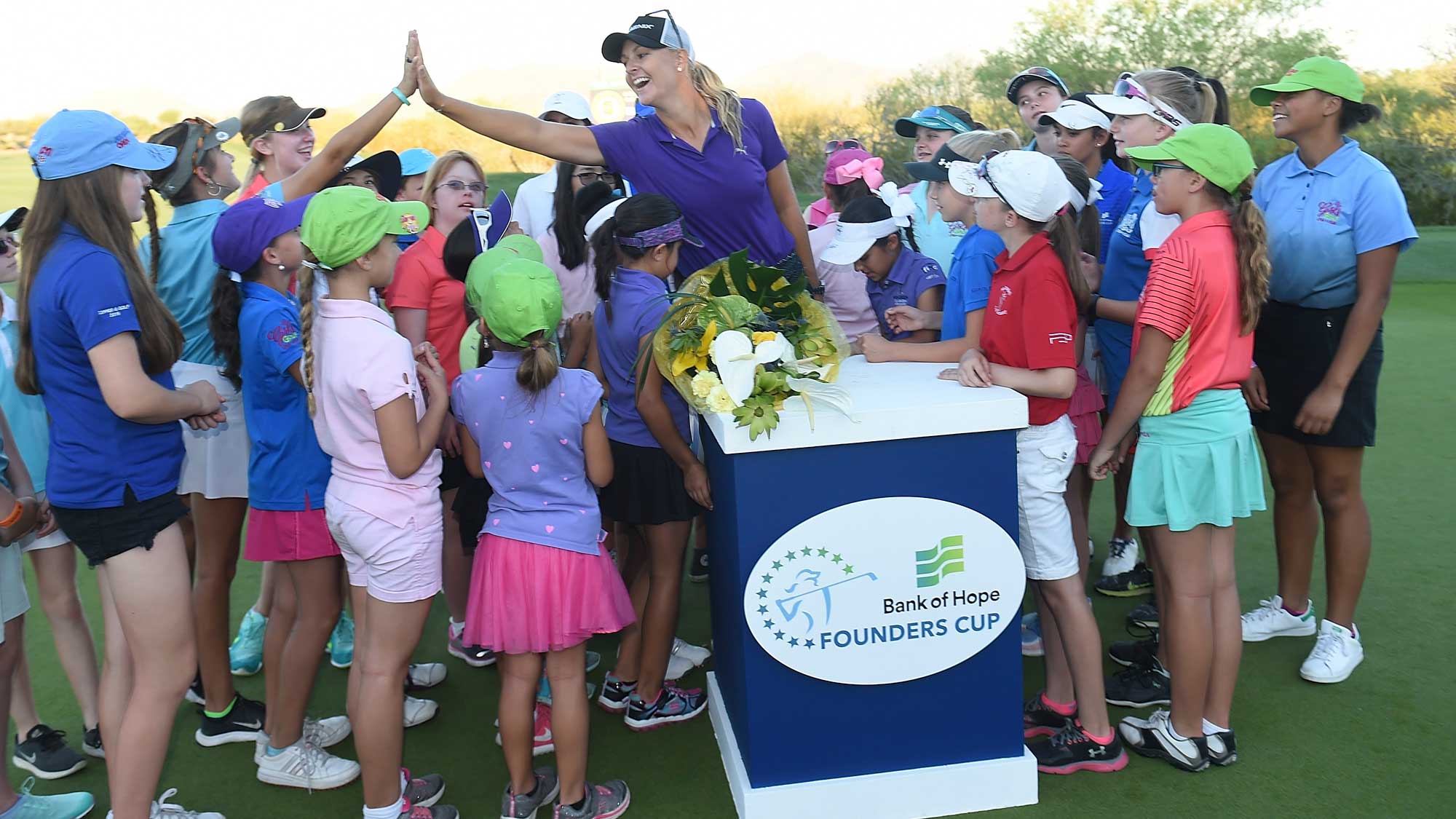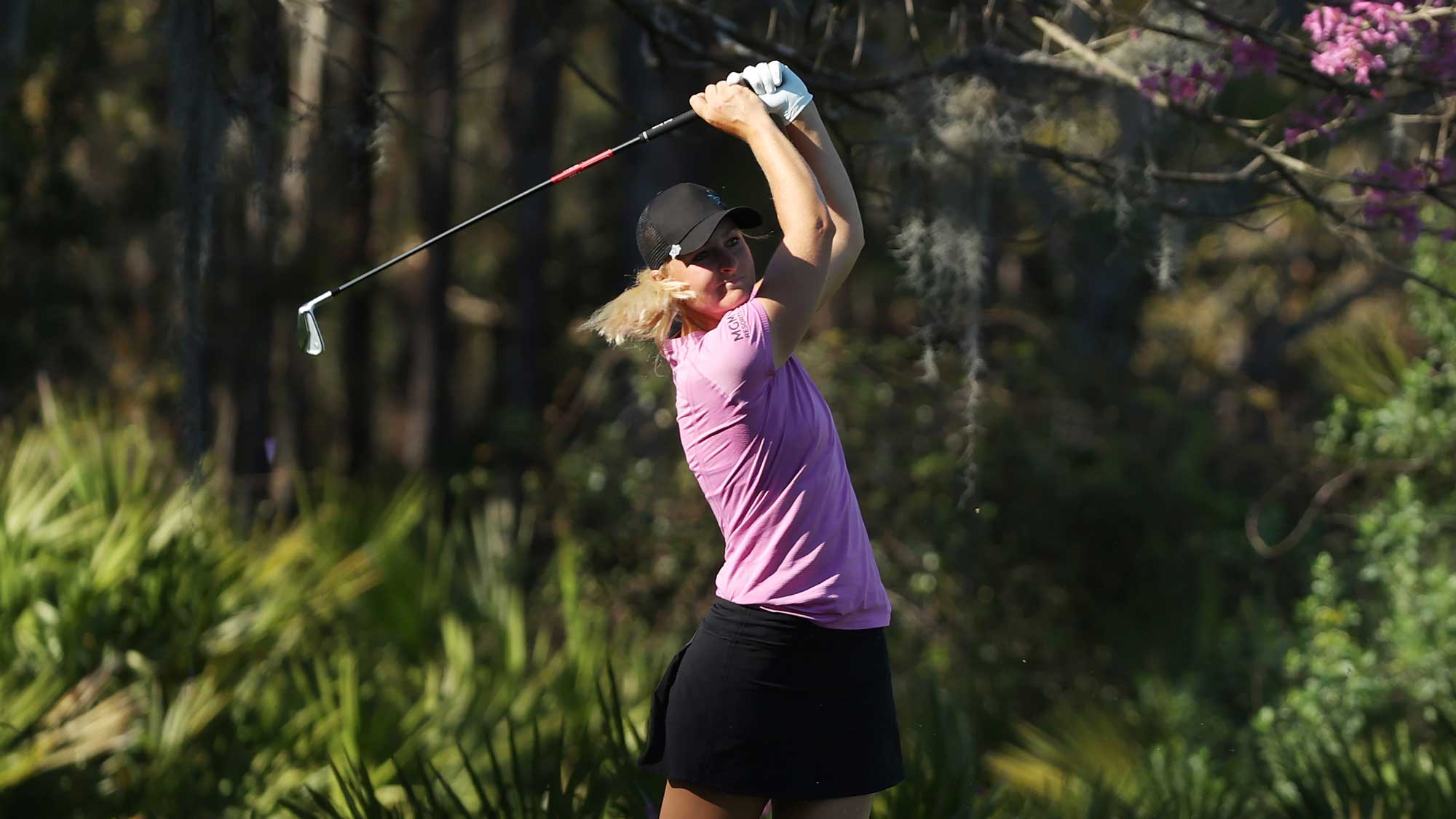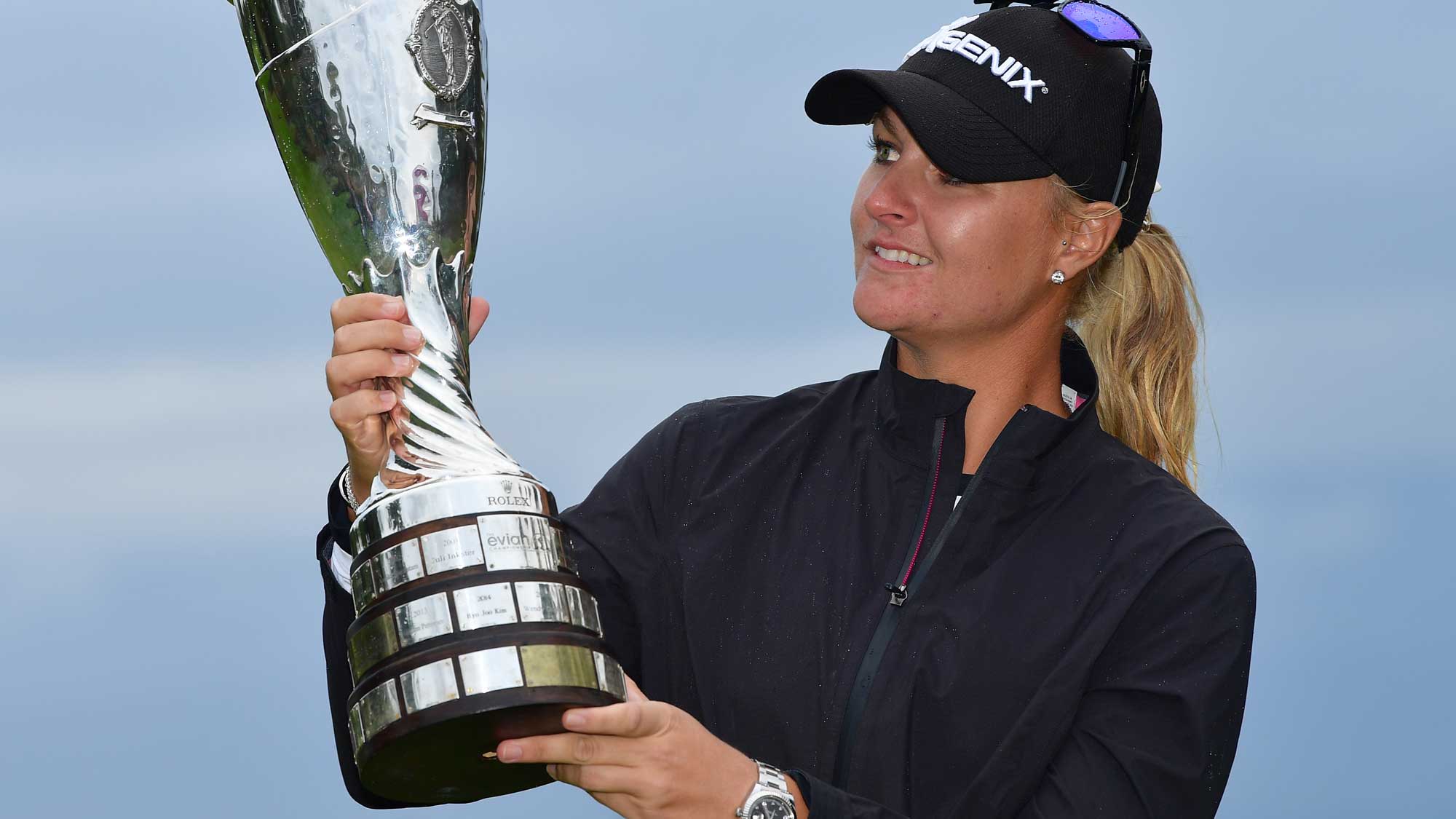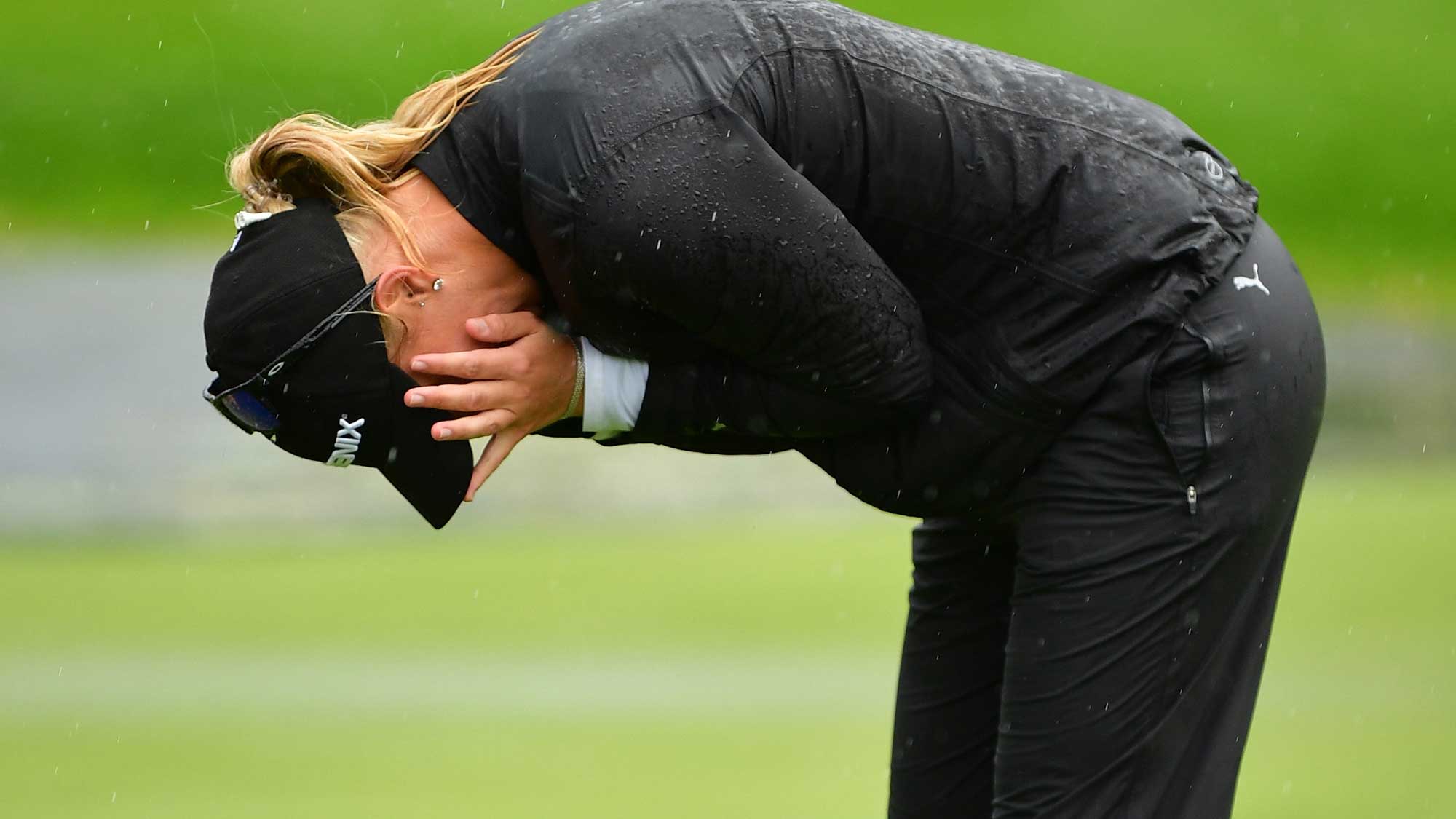This is for every girl who’s been told to give up
March 2, 2021

Anna Nordqvist has been on the LPGA since 2009, she has eight career wins including two major championships and has made six Solheim Cup appearances for Team Europe.
You might recognize the title of this piece from the LPGA’s Drive On film, “This is for Every Girl.” I was one of five players in that film, shot at the 2019 HSBC Women’s World Championship in Singapore. Each of the players read the full script, and the editors assembled the narration by choosing the lines we delivered best. That was my line, my voice.



